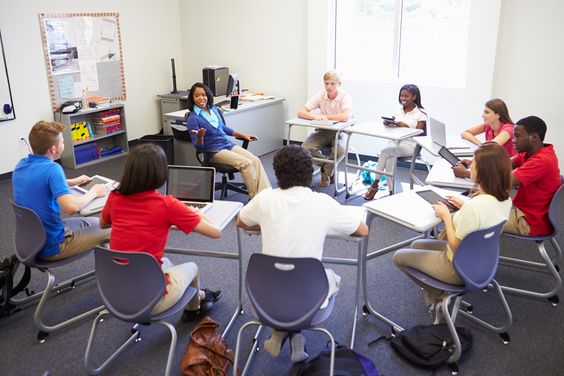Introduction:
The Holocaust, one of the darkest chapters in human history, holds valuable lessons that need to be taught to younger generations. It’s important for teenagers to learn about this period so they can understand the consequences of hatred, prejudice, and discrimination. Utilizing films and books can help them process and discuss these complex subjects in a more engaging way. Here are seven ideas for using films and books to teach teens about the Holocaust.
1. Watch “Schindler’s List” and read “Schindler’s Ark”:
Steven Spielberg’s Oscar-winning film “Schindler’s List” (1993), based on Thomas Keneally’s historical fiction novel “Schindler’s Ark,” tells the story of Oskar Schindler, a German businessman who saved over a thousand Jewish refugees by employing them in his factories. This powerful film can spark discussions about individual actions and altruism during times of crisis.
2. Discuss “The Diary of a Young Girl” by Anne Frank:
Anne Frank’s diary has been translated into numerous languages and remains an essential resource for understanding the experiences of Jews during WWII. Encourage your teens to read this moving account, then organize group discussions or writing exercises to allow them to express their thoughts and emotions about this pivotal piece of literature.
3. Watch “The Pianist” and read its source material:
Roman Polanski’s film “The Pianist” (2002) is based on Władysław Szpilman’s autobiography of the same name. Both the movie and book highlight Szpilman’s extraordinary survival after his family is deported to concentration camps. Delving into the written work as well as viewing the movie adaptation can lead to discussions around perseverance amidst extreme adversity.
4. Analyze Elie Wiesel’s “Night”:
Wiesel, a Holocaust survivor, shared his experiences in the memoir “Night.” It’s essential for teens to understand that history is not just about studying events, but about understanding the lived experiences of those who suffered through them. Analyzing Wiesel’s work can provide insights into the psychological and emotional consequences of such events.
5. Screen “Life is Beautiful”:
This award-winning Italian film by Roberto Benigni tells the story of a father who uses humor and imagination to shield his son from the horrors of life in a concentration camp. The movie can open conversations about coping mechanisms and how people choose to face adversity in their lives.
6. Read “Maus” by Art Spiegelman:
Spiegelman’s graphic novel portrays his father’s experiences as a Holocaust survivor using animals to represent different groups involved (Jews are mice, Germans are cats). By using an unconventional method to relay a historical event, “Maus” can provoke discussions on how we tell stories and remember our history.
7. Evaluate “The Boy in the Striped Pajamas,” book and movie versions:
John Boyne’s novel and its film adaptation present the Holocaust through the eyes of two boys – one German, one Jewish – separated by a concentration camp fence. Comparing both versions can encourage critical thinking and comparisons between written and visual depictions of historical events.
Conclusion:
Teaching teens about the Holocaust is crucial for building empathy, understanding, and respect for others. Using films and books as resources can create compelling opportunities for engagement and discussion, making this difficult subject matter more accessible for young learners.











